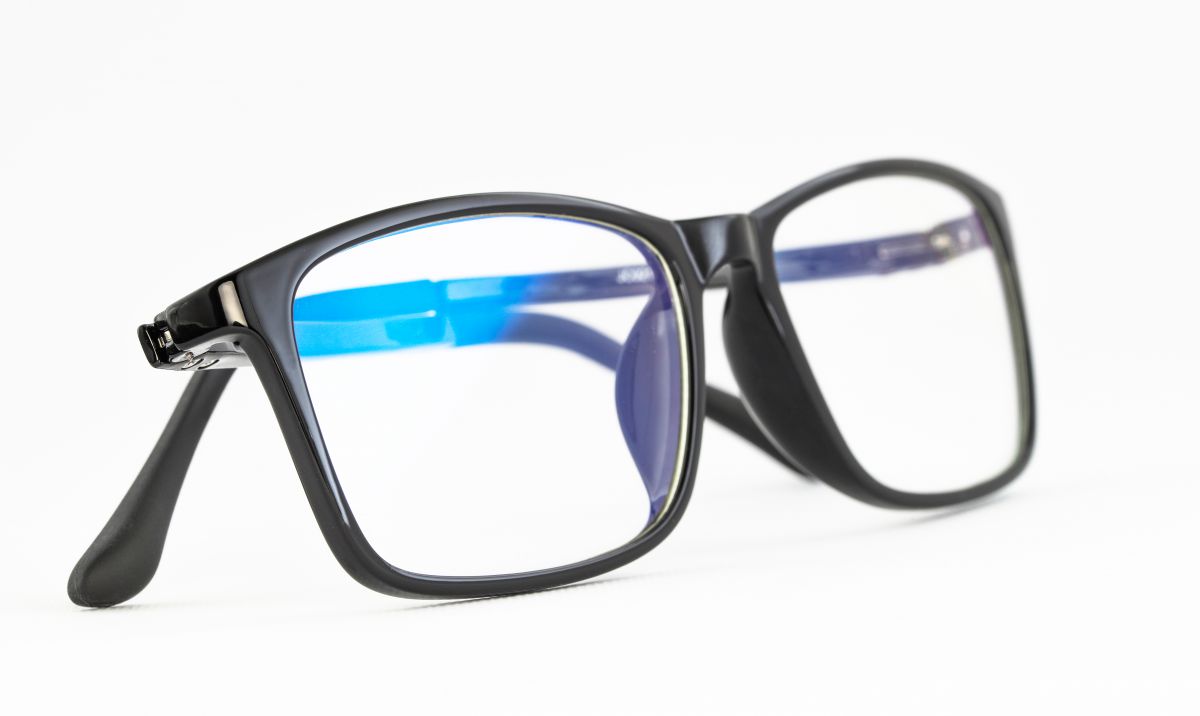If having a booming headache isn’t enough, approximately 30% of migraine sufferers also experience vestibular symptoms (dizziness, vertigo or imbalance) during their attacks. Even between attacks, migraine sufferers can have sensitivity to head movement, visual stimulation, and light and glare.
While the most common symptom of migraine is a headache, you can also have a migraine without a headache at all. Some people who have had ‘typical’ migraines for years can then develop a vestibular migraine.
Vestibular migraines are diagnosed when:
- a person has had at least 5 episodes of vestibular symptoms of moderate or severe intensity, lasting 5 minutes to 72 hours (Vestibular symptoms would include things like vertigo, dizziness with head motion, unsteadiness)
- at least half of the episodes have one or more of the following: headache, visual disturbance (aura), and intolerance to light or sound
- a person has a current or past history of migraine
- their Doctor doesn’t think that their symptoms are better explained by a different diagnosis
Some migraine sufferers find the soothing effects of specially tinted, anti-glare light-filtering glasses to be helpful, and this is supported by research. Specific wavelengths of light can be particularly provoking, and studies have shown that glasses that filter these wavelengths and have certain colors of tint are effective in reducing visual sensitivity as well as the frequency and intensity of migraines.

Other treatments typically involve a combination of dietary and lifestyle modifications to limit the risk of migraine, like medication and vestibular rehabilitation. Medication is the doctor’s department, but Lifemark’s vestibular therapists can be found coast-to-coast to provide education and vestibular rehabilitation.
Visit our vestibular page to find out more or book an appointment online with one of our vestibular rehabilitation therapists.
We can help you move and feel better.
Book an appointment today.